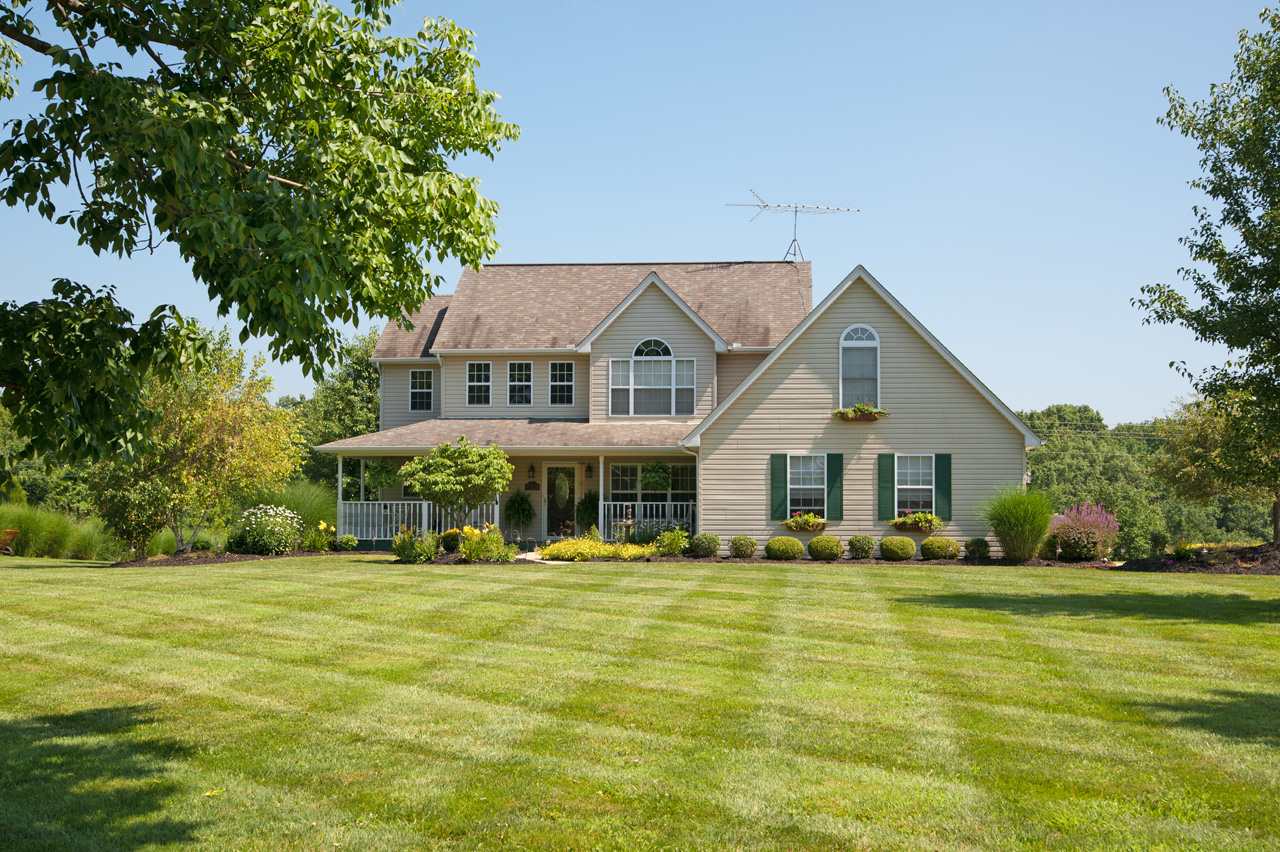As the autumn season graces Wisconsin, homeowners and lawn enthusiasts face a critical decision: Is fall aeration the ideal choice for their lawns? In this SEO-optimized blog, we’ll explore the advantages and disadvantages of fall aeration in Wisconsin, helping you make an informed decision for your lawn care routine.
Advantages of Fall Aeration:
- Reduced Soil Compaction: Fall aeration in Wisconsin is a crucial practice for mitigating soil compaction caused by foot traffic, machinery, and winter snow. This process enhances water infiltration and root growth, promoting a healthier lawn.
- Improved Nutrient Uptake: Aeration in the fall enhances the accessibility of nutrients, air, and water to grassroots. This improved nutrient absorption prepares your grass for the harsh winter ahead, fostering better root development and energy reserves for a vibrant spring resurgence.
- Thatch Reduction: Lawn thatch, a layer of dead grass and organic matter, can stifle your lawn’s vitality. Fall aeration breaks down thatch, allowing for improved water penetration and nutrient absorption, resulting in a greener, healthier lawn over time.
- Weed and Pest Control: Fall aeration disrupts the habitat of weeds and pests, naturally reducing their presence. This helps your grass thrive with fewer competitors and pest pressure, particularly in the Wisconsin climate.
Disadvantages of Fall Aeration:
- Weather Dependency: Wisconsin’s unpredictable weather can be a challenge for fall aeration. Finding a suitable weather window, not too wet or frozen, is crucial for effective aeration. Timing is paramount, and aeration may be delayed due to inclement weather.
- Grass Recovery Period: After aeration, your lawn may appear patchy for a few weeks, impacting its visual appeal. If you prefer a consistently lush lawn throughout the fall, fall aeration may not be the best choice.
- Lawn Type Consideration: It’s essential to consider your lawn type when deciding whether to aerate in the fall. While cool-season grasses prevalent in Wisconsin generally benefit from fall aeration, those with warm-season grasses might achieve better results by aerating in spring or early summer.
The decision to aerate your Wisconsin lawn in the fall presents a range of advantages and disadvantages. From mitigating soil compaction to promoting better nutrient uptake and natural weed control, fall aeration offers numerous benefits. However, it’s vital to consider weather conditions, the recovery period, and your lawn type.
Ultimately, the choice hinges on your lawn care goals and circumstances. For personalized advice tailored to your lawn’s unique needs, consult with a local lawn care professional. Whether you opt for fall aeration or choose a different season, prioritizing proper lawn maintenance is key to achieving a lush and healthy lawn in the picturesque state of Wisconsin.

 Facebook
Facebook
 X
X
 Pinterest
Pinterest
 Copy Link
Copy Link


